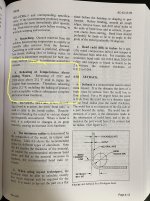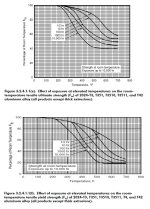Sometimes when I'm deburring with the Scotch Brite wheel (and typically when I'm trying to remove excess material), I notice the aluminum gets hot enough to slightly burn me from the friction. At that point I stop until it cools down.
I was wondering if it's possible, like with hardened steel, to irreversibly weaken/damage the aluminum we use by getting it hot while working it in the shop.
I was wondering if it's possible, like with hardened steel, to irreversibly weaken/damage the aluminum we use by getting it hot while working it in the shop.






